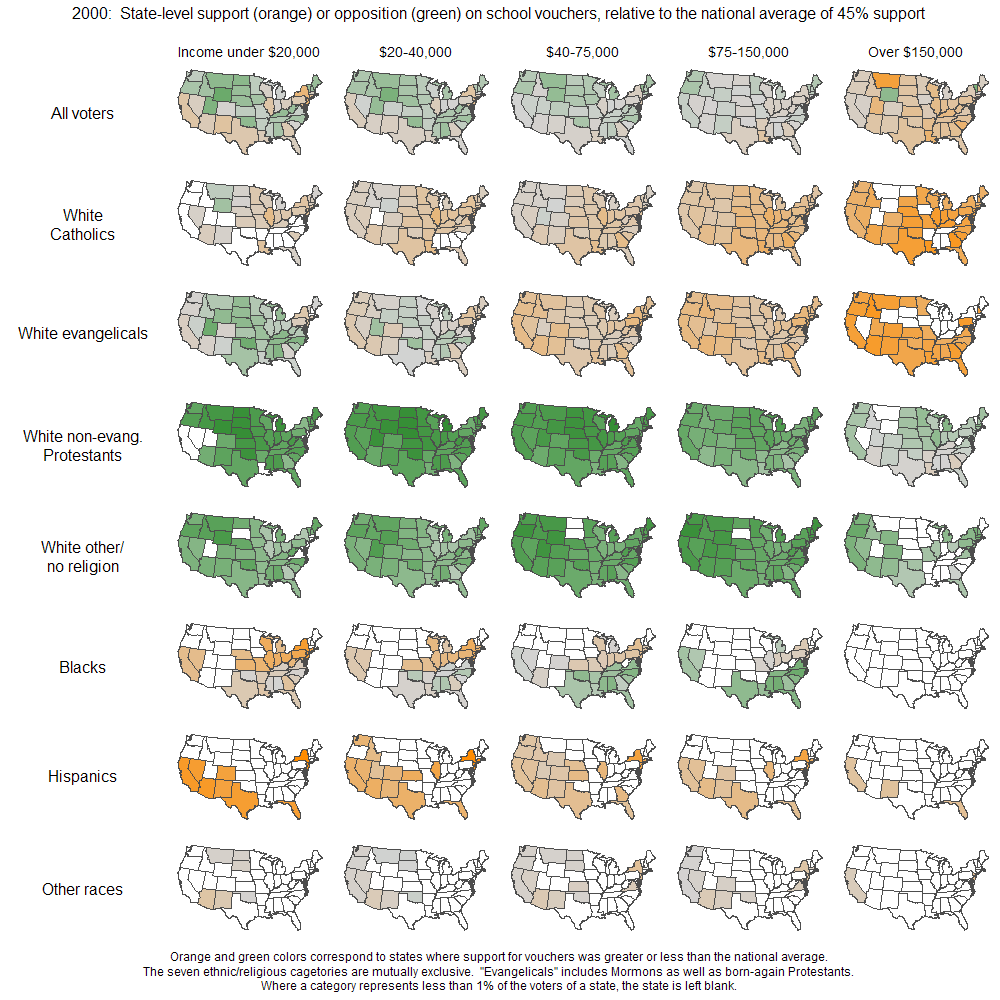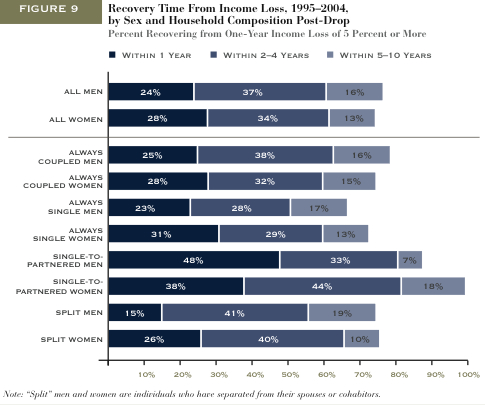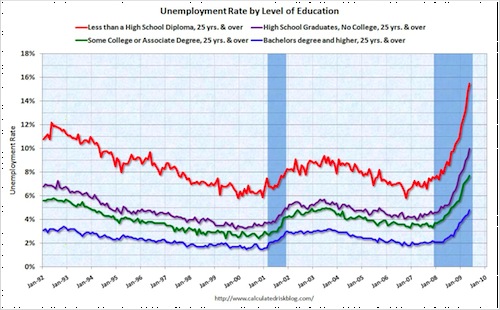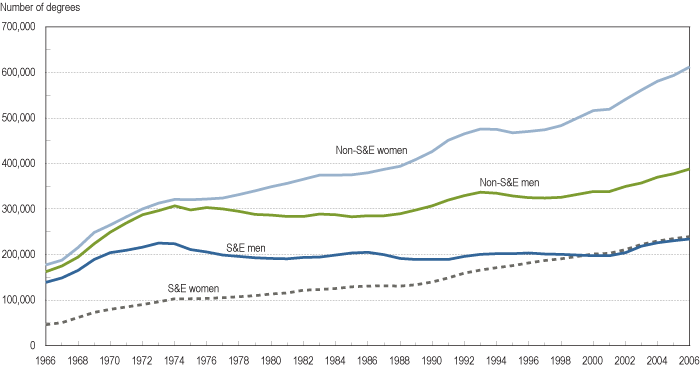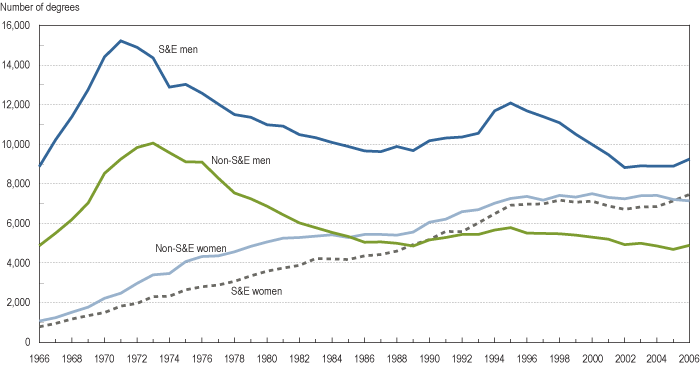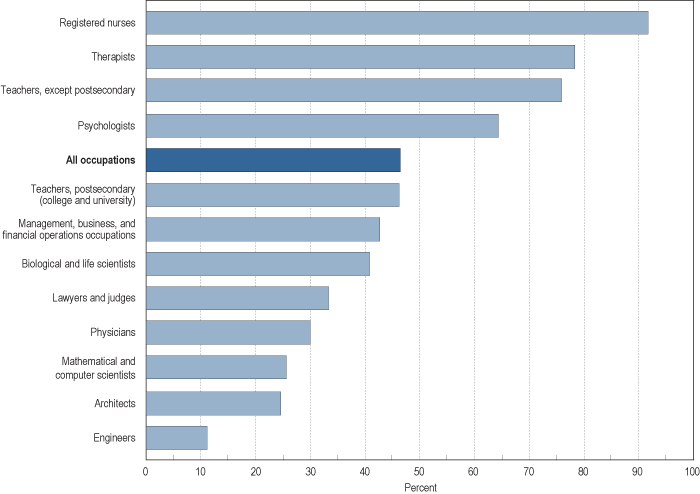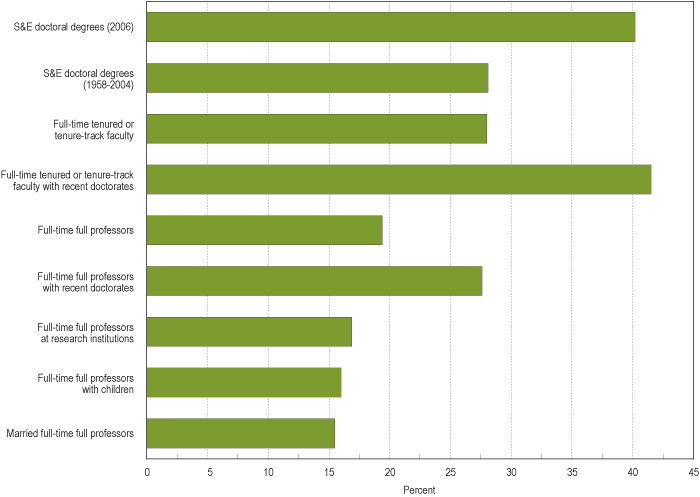Angry Asian Man wrote about two East High Schools–in Rochester, New York and Akron, Ohio–with a peculiar mascot: the Orientals.
East High School merch (Rochester, New York):
Screen shot of the East High School website (Akron, Ohio):
Notice the Asian-y font and the stylistic dragon.
When high schools and sports teams recruit a type of person as a mascot, it objectifies and caricatures them. It also encourages opposing teams to say things like “Kill the Orientals.” This can only be okay when we aren’t really thinking about these kinds of people as real humans beings.
This reminded me: As an undergraduate, I went to the University of California, Santa Barbara. Our mascot was the Gaucho, which I remember being described as a Mexican cowboy (though South American cowboy may be more descriptive). I went by the UCSB website and found these two logos. There is a story about the first identifying it as a brand new logo; the second is for kids:
I am troubled by the Gaucho mascot for the same reasons that I don’t like the Orientals mascot, but at least authentic gauchos are not likely to enroll at UCSB the way that “Orientals” are likely students of the East High Schools.
Then again, this is the image on the front page of the UCSB athlectics website:
It does indeed read: “GLORY. HONOR. COURAGE. TORTILLAS.” This seems to invalidate any argument that the use of the Gaucho mascot is “respectful.”
Thinking about the Orientals and the Gauchos, alongside the many American Indian mascots still found in the U.S., Notre Dame’s Fighting Irish, and the soccer team in the Netherlands who call themselves the Jews, may give us some perspective on this mascot phenomenon that thinking about one at a time doesn’t. If we feel that one of these mascots is less discriminatory than another, what drives that feeling? And is it logical? Or does it stem from a trained sensibility that isn’t applied to all marginalized groups across the board? Or is it in response to different characteristics of these different groups? Or different contexts?
Maybe all five mascots are equally offensive and offensive for the same reasons. But thinking about them together may also be useful for teasing out how, exactly, they are offensive. What do you think?
—————————
Lisa Wade is a professor of sociology at Occidental College. You can follow her on Twitter and Facebook.








